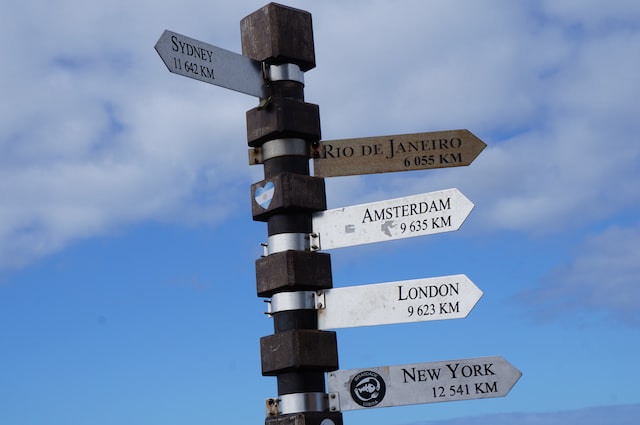How to Establish Setting and Build Your Fictional World

Every good story has an established setting. Your novel has to exist somewhere – your characters can’t just float in space (and even that would be a setting!) Having a specific setting not only makes your story easier to understand, but can aid in the plot and characterization.
These tips will focus on general fiction. For tips on worldbuilding in fantasy fiction, check out our blog post on fantasy writing.
Specificity
Choose a specific town or region for your novel to exist in. It can be a fictional town in an otherwise real place in the world, or the story can take place somewhere that exists completely in our world. Using the real world allows you to take existing qualities that may be relevant to your story (ex. a coal mining town having a hard-working populace.) Making up a city or town from scratch will allow you to tailor it to your story’s needs and give it the characteristics that make sense for your story. Give your town a specific name and geographic location.

Setting and Plot Working Together
Along with choosing a specific setting, think about what the setting means for the plot of your story. A lot of plot tropes have to do with setting and plot being reliant on each other. For example, many stories begin with a character moving to a new place for a fresh start. The new place then introduces a conflict or an event that sets the story in motion (e.g. Bella moves to Forks, Washington in Twilight for a change of scenery sets off the events of the novel, and the town of Forks becomes integral to the plot.)
Even if the character doesn’t start the story in a setting unfamiliar to them, something else could happen in the setting that relates to the plot: a beloved business closes, a new landmark pops up one day, etc. As you sketch out your plot, think about how the setting relates to it.
Senses
Describe your setting using the five senses. What does your character hear when they walk outside? What do they smell? Setting entails everything in the environment, not just geography. What do other people look like when they walk along the street? Are things old or new? Thinking about questions like these and answering them – when appropriate – will help you establish a sense of place for your reader using the senses. As the old adage goes, show, don’t tell.
Time
In addition to what the world in your story looks and feels like, time is also part of the overall setting. What time period is your story set in? The present, the distant past? Making sense of time will help ground your story and help the other parts work together. It is easier to sketch out the town your novel takes place in if you have a general time period for it to be set in – for example, a novel taking place in a coal mining city in the late 19th century would be a lot different than a coal mining city in 2022.
These are certainly not all that needs to be considered with regards to setting in your novel, but they are here to get you started! Have fun as you embark on your writing journey.
For extra help, consider our writing coach program.
If your novel is already written and waiting to be published, contact us!
